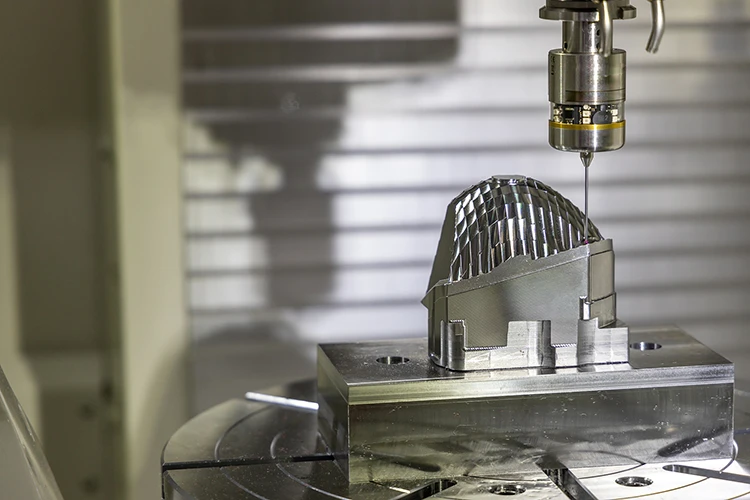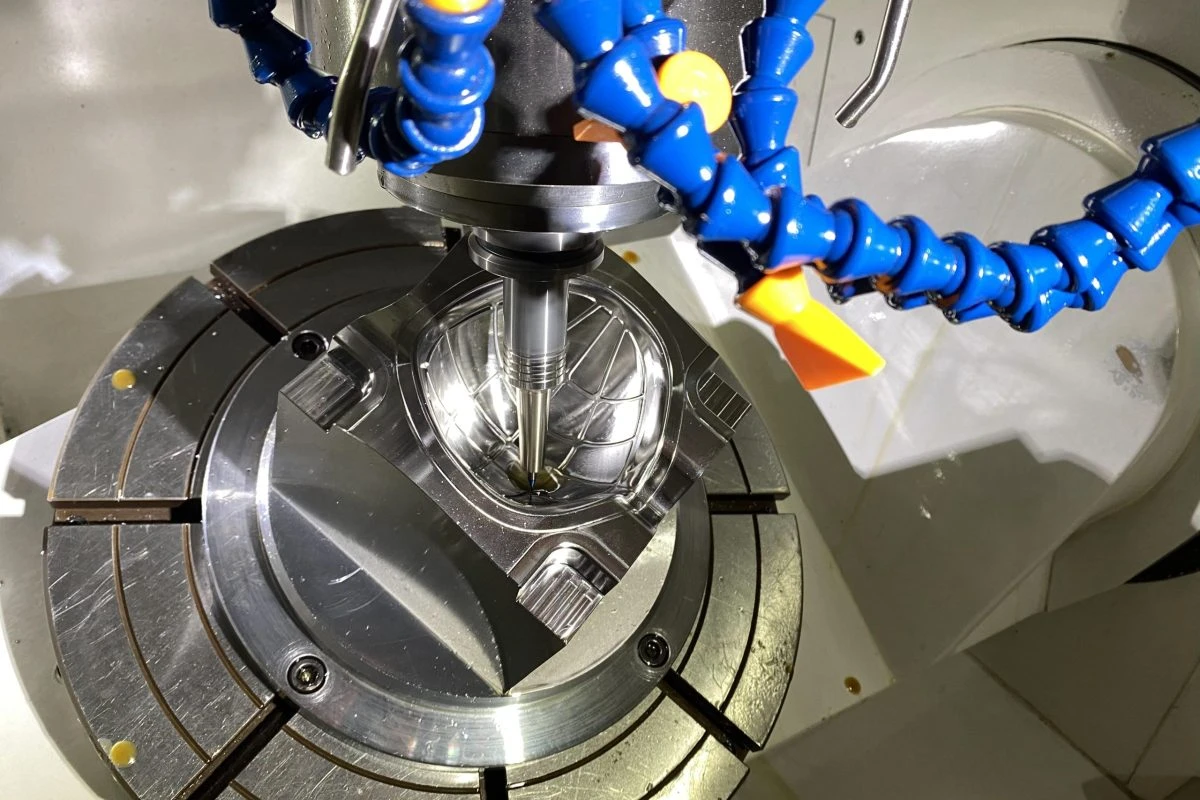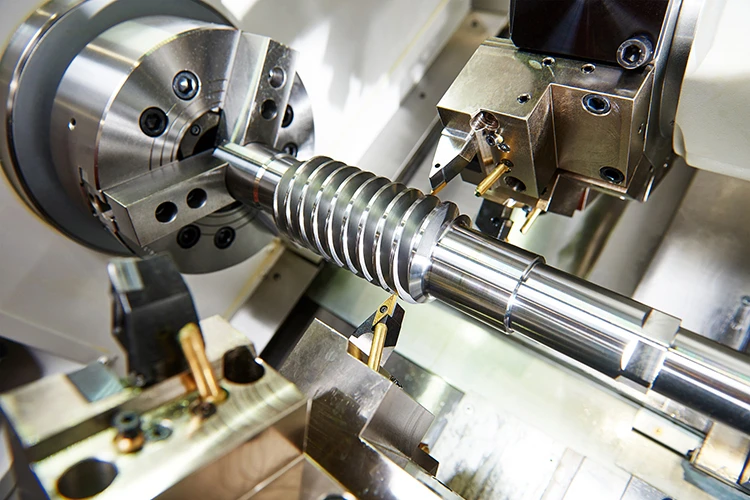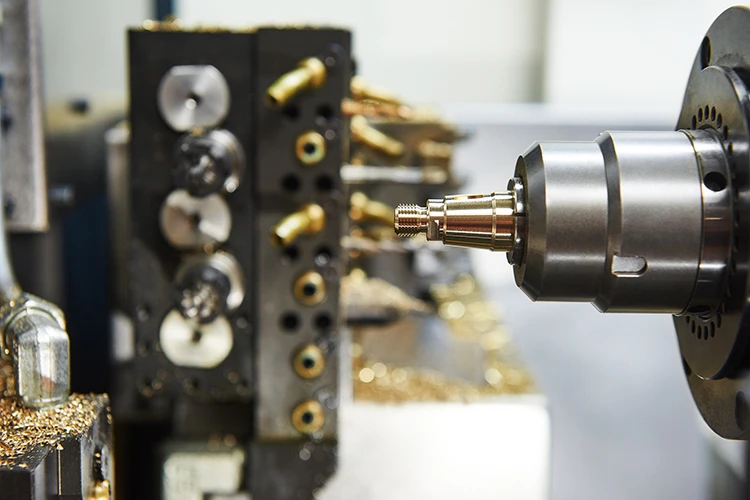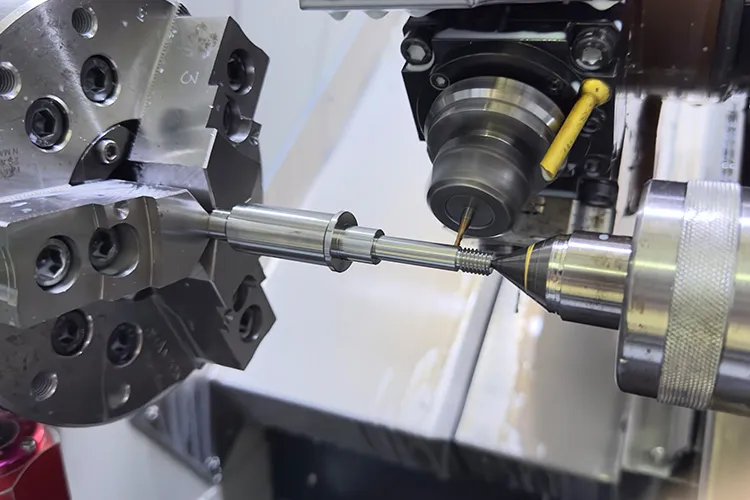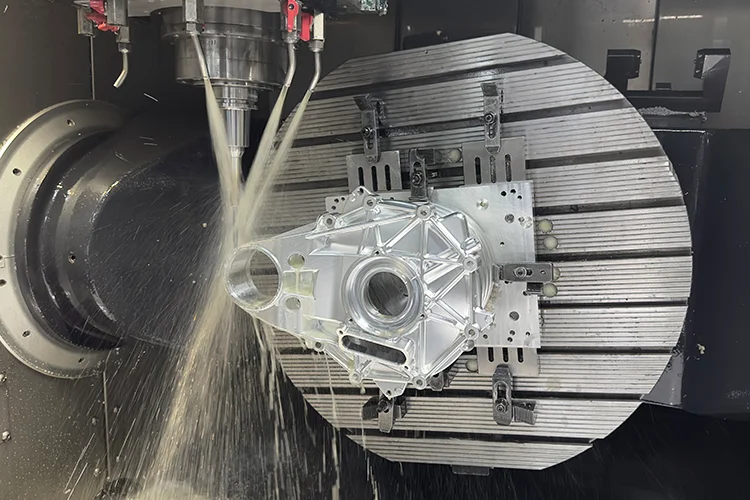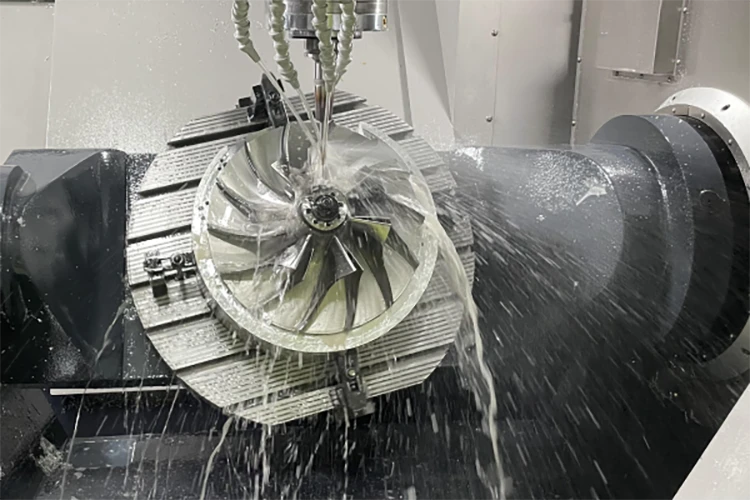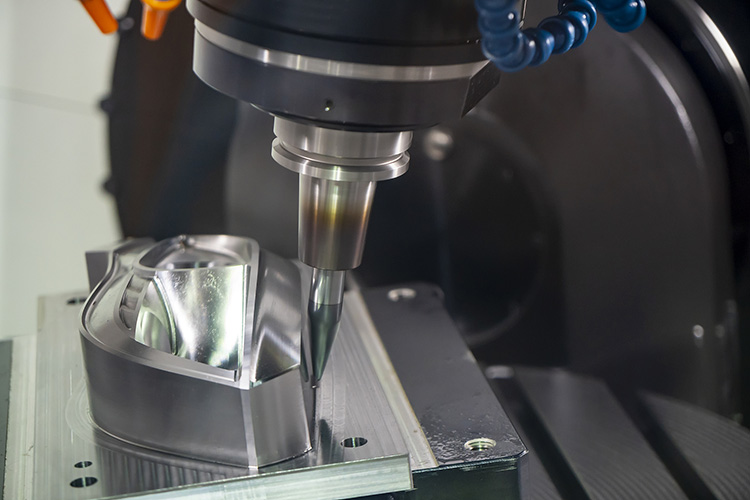Galvanization is a process for adding a coating of zinc to the surface of steel or iron. Since the zinc acts as a sacrificial covering, it protects the metal or flat iron underneath and can therefore extend the lifespan of cnc machining parts.
But galvanization is a complex procedure that can be carried out in several ways. Different forms of galvanizing exist, including hot-dip galvanizing and thermal diffusion galvanizing, and these variations offer their own particular advantages and disadvantages. It is consequently helpful to understand the different types of galvanization before incorporating it into a prototyping or manufacturing project.
Galvanized metallic is usually more common than you might think. Structures like building frameworks, metal benches, balconies, ladders, and fire escapes may all become made from galvanized steel to ensure a longer life-span and adequate protection coming from corrosion and damage. Other examples can easily end up being found in automotive parts and electrical appliances.
Furthermore, galvanized stainlesss steel and galvanized straightener can be used with different production processes, from sheet metal fabrication to CNC machining, making it a staple procedure in the production world.
This article goes over the basics of galvanization, answering questions just like what is galvanization, which metals can be zinc-coated, what is galvanization used for, what types of galvanization are there, and how does galvanization improve metal parts.
What is galvanization?
Galvanization (or galvanizing) is the process of adding a layer of zinc to the outer surface area of a metallic, namely material or iron. The purpose of this is definitely to add a protective coating towards the underlying metal, reducing the likelihood of corrosion or rusting.
The galvanization method varies depending on the exact technique. However, the most important part of the process can be that it generally involves surrounding material or flat iron in zinc, which may become in a liquid or dust-like state. When the zinc is certainly introduced, the iron inside the surrounded steel reacts with the zinc, creating a tightly bonded alloy layer.
The end-to-end galvanizing procedure can be divided into three stages:
Preparing the surface area of the metallic or perhaps iron
The actual galvanization
Post-galvanization area treatment
Galvanization is actually a relatively simple coating treatment, and this produces a fairly believe area coating, typically around 80 µ m – about three times thicker than a coating created by electroplating.
Galvanizing materials
The principle substrate components that can turn into galvanized are steel and iron. Nevertheless, other ferrous metals can also be galvanized.
The coating material in galvanization is always zinc. Nevertheless, a similar method to galvanization is usually tinning, which substitutes zinc for tin. Tinning is generally fine for basic applications like food storage, but it is certainly less reliable than galvanization: if the finish could be damaged, the tin will eat away at the fundamental straightener.
Types of galvanization
The two most popular kinds of galvanization are hot-dip galvanization and electrogalvanization. These two methods and others are discussed below. Knowing which type of galvanization to select may require the help of an expert.
Hot-dip galvanizing
During hot-dip galvanization, steel is unquestionably immersed in a bath of hot zinc at about 450 °C. When it is definitely removed, the coated surface area reacts with oxygen to form zinc oxide, and then reacts with carbon dioxide to type zinc carbonate. Prior to galvanization, the steel must become cleaned using a caustic solution after that pickled in an acidic answer; zinc ammonium chloride may also be applied to prevent premature oxidation from the material before the galvanization takes place.
Galvanizing materials
The principle substrate components that can turn into galvanized are steel and iron. Nevertheless, other ferrous metals can also be galvanized.
Electrogalvanizing
Electrogalvanizing combines galvanization with electroplating: a current of electricity is normally fed through a zinc shower with a zinc anode and a metal conductor. The method generates a thinner shell than hot-dip galvanization and also creates a brighter surface finish suitable for cosmetic applications.
Sherardizing
This form of galvanization goes by a number of names: Sherardizing, thermal durchmischung galvanizing, vapor galvanizing, and dry galvanizing. It entails heating material parts up to 500 °C in a closed rotating drum that contains zinc dust. The evaporated zinc diffuses into the area of the stainlesss steel component to type a strongly fused coating. This is unquestionably ideal for small parts and parts that need coating of internal sections.
Galvannealing
Galvannealing is a combination of hot-drip galvanizing and annealing. The hot-dip galvanization process occurs as normal, before the covered metallic may be passed through air knives to remove any excess zinc. The metal is obviously after that very briefly heated in an annealing furnace at 500-565 °C, causing the iron and zinc layers to diffuse into each other and create layers of zinc-iron alloy.
Advantages of galvanization
The purpose of galvanization is to create a protecting coating of zinc on top of a material or flat iron part. Yet why can be this useful and what are the main galvanization advantages?
Blocks corrosive substances: A zinc coating on galvanized precious metal stops corrosive substances reaching the weaker underlying substrate steel. This can prolong the life-span in the substrate, especially if it is used in a demanding application.
Prevents rust: Galvanization significantly delays the onset of rust.
Creates sacrificial pluspol: The zinc coating is certainly consumed by corrosive chemicals, so this kind of offers safety to the fundamental metallic until is fully used up. Even if a scratch penetrates the coating, the zinc will end up being used up prior to the iron.
Lasts a long time: Zinc coatings created simply by galvanization will be tough and long-lasting, often providing decades of security for the underlying iron.
Is affordable: Galvanization is known as a fairly basic and inexpensive technique that provides a notable benefit intended for minimal expenditure.
Produces a thick coating: Although not perfect for all applications, galvanization produces a thicker coating than, for example , electroplating.
The ability to prevent corrosion in steel and iron makes galvanizing widely utilized across several industries.
The most common software is zinc coated steel to get construction: hundreds of thousands of tons of galvanized construction steel is normally produced yearly to fabricate structures just like building frames, street furniture, fire escapes, ladders, and balconies.
Zinc-coated steel is often also common in the auto industry, where that might become turned in to rust-resistant parts, which includes the majority of a car’s “body in white ”: its skeletal foundation. Bumpers, beams, frames, and chassis may also be produced by galvanized metal.
Rust prevention is a desirable feature in telecommunications, exactly where phone lines and electric boxes happen to be subject for the elements on a daily basis. Galvanization serves to increase the life-span of such items.
Manufacturing with galvanized material
Galvanized components are broadly available as galvanized linen stainlesss steel, ideal for sheet metal manufacturing procedures like bending and stamping, or because galvanized metal salt bars, tubes, and rods well suited for procedures like COMPUTER NUMERICAL CONTROL machining.
Zinc coated supplies tend to be easily machinable, since the zinc coating is obviously softer than the root metallic.
Galvanized material can also be welded, but zinc can give off dangerous fumes, therefore proper ventilation can be essential. Painting is undoubtedly not particularly effective upon zinc-coated metallic or straightener unless the elements has been galvannealed.

